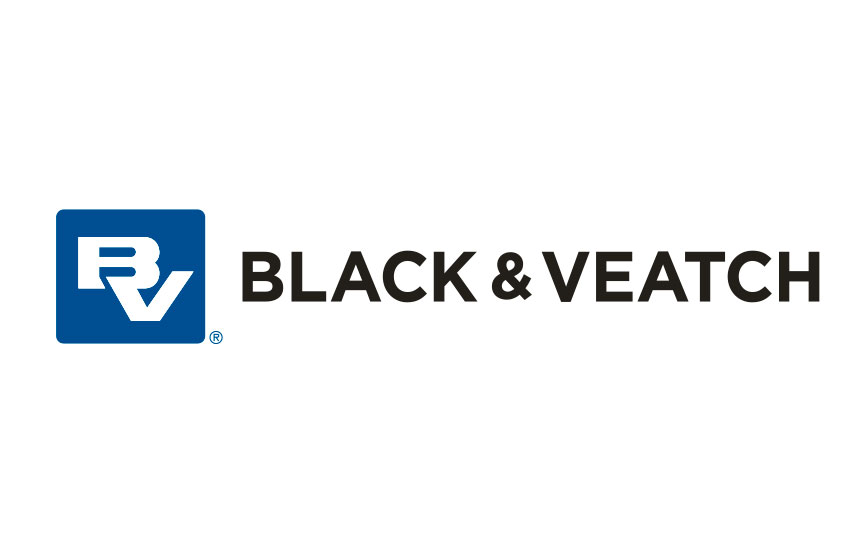- Evolving water sector an ecosystem of complex challenges, promising opportunity
From the challenges of chronically aging infrastructure and regulatory and climate change pressures to opportunities such as data’s promise and an infusion of federal funds, the U.S. water sector’s complexities continue to evolve amid pushes for greater sustainability and resilience, the newly released Black & Veatch 2023 Water Report shows.
The report – expert analysis of survey responses from roughly 450 U.S. water industry stakeholders – details a sector still grappling with aging water and sewer infrastructure as its chief concern, followed by challenges of an aging workforce and efforts to hire qualified staff. Money issues – from justifying capital improvement programs to rate requirements and managing capital and operational costs – remain other top concerns, along with regulatory mandates.
Resilience and sustainability remain a prevailing theme, with two-thirds of respondents citing sustainability – what Black & Veatch defines as the need to serve the current generation while safeguarding the needs of future generations – as a critical strategic focus. Along the way, the survey shows promising evidence that the industry continues to wage a digital transformation – a key driver to resilience and sustainability, promoting better decision-making and optimal use of aging assets in a rate-restricted sector.
Headwinds add to the complexities of today’s water industry, from the impacts of climate change to the shifting regulatory landscape that includes the U.S. Environmental Protection Agency’s March announcement of its long-expected National Proposed Drinking Water Rule (NPDWR) to regulate a new category of toxins in drinking water. Worries about cyberattacks also haven’t abated.
But opportunity knocks, certainly on the funding front. The Infrastructure Investment and Jobs Act (IIJA) — or the Bipartisan Infrastructure Law (BIL), enacted in late 2021 as the largest federal investment in water in U.S. history – commits tens of billions of dollars to the sector. But just slightly more than one-quarter of respondents say their enterprise has applied for or will go after that funding, while more than four in 10 haven’t explored it nor have plans to pursue it.
“Throughout the ecosystem of U.S. water utilities, stakeholders continue to demonstrate agility and forward-thinking as part of a “One Water” mindset that all forms of water — from drinking water to wastewater, stormwater, reclaimed water, indirect and direct potable reuse, and groundwater — are a singular resource to be managed sustainably, “said Mike Orth, president of Black & Veatch’s governments and environment business.
“Headwinds in the form of regulatory uncertainty and climate change impacts accompany vast opportunities, from the full, powerful potential of data – what we call “digital water” – to the infusion of federal funding for an array of infrastructure upgrades illustrate the intensifying complexities and the promise of water,” Orth added. “The time is now to leverage innovation for the broader holistic integration and modernization that these times demand.”
The new report highlights a U.S. water sector – a fragmented industry, with more than 50,000 water utilities and 16,000 wastewater utilities – discovering new ways of doing business by holistically leveraging integrated approaches to both planning and delivering strategic, financial, and operational resilience.
Some other key findings of the report include:
- Roughly half of respondents report that their utility has sustainability goals and the means to measure them.
- Two-thirds cited affordability as their biggest hurdle in achieving sustainability strategies.
- Roughly four in 10 rated themselves as “very confident” about the resilience of their water supplies. An additional 44 percent of respondents cited “somewhat confident.”
- Two-thirds of respondents reported positive results when asked to what extent their enterprise’s data or digital solutions strategy is achieving objectives.
- More than half of respondents stated they are not leveraging data they collect effectively, a slight increase from 49 percent last year.
- U.S. water utilities are prioritizing investments in water reliability and resilience (61 percent), asset rehabilitation and renewal (56 percent), cybersecurity (50 percent) and regulatory compliance for PFAS (49 percent) as their top investments for their utility or municipality over the next decade.
- Eight in 10 respondents say cybersecurity is the most important investment in the security of their assets. But only 57 percent believe physical security — a prerequisite for cybersecurity — is the most critical investment.
- Forty-five percent consider new federal funding programs as too restrictive, up from 27 percent last year. Forty-six percent label them administratively too burdensome, an increase of 9 percent points from 2022.
- Identical to 2022’s results, half of the respondents reported that consumers had little understanding between the cost of producing safe water and the current rates they pay.
- More than half of respondents envision investing in additional treatment processes or significant new treatment technologies, though their time horizons vary.
About Black & Veatch
Black & Veatch is a 100-percent employee-owned global engineering, procurement, consulting, and construction company with a more than 100-year track record of innovation in sustainable infrastructure. Since 1915, we have helped our clients improve the lives of people around the world by addressing the resilience and reliability of our most important infrastructure assets. Our revenues in 2022 were US$4.3 billion. Follow us on www.bv.com and on social media.

